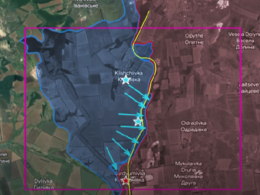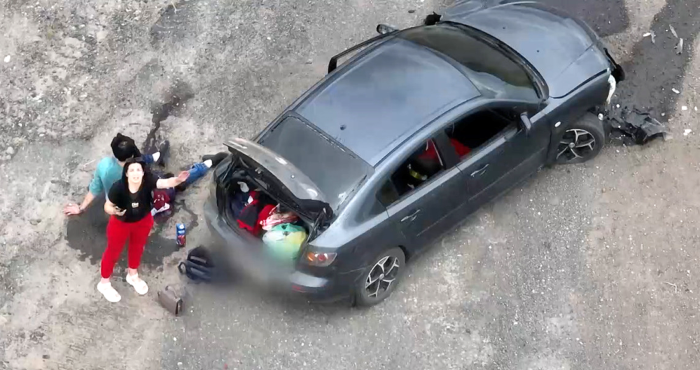The situation in the Bakhmut direction in Ukraine’s east is very complex and dynamic. After the failure to cut Ukrainians off from the south of Ivanivske village, Russians decided to divert their focus to the north of the village. Russians made incremental gains in this area, enabling them to break the stalemate and maintain their momentum in and around the village.
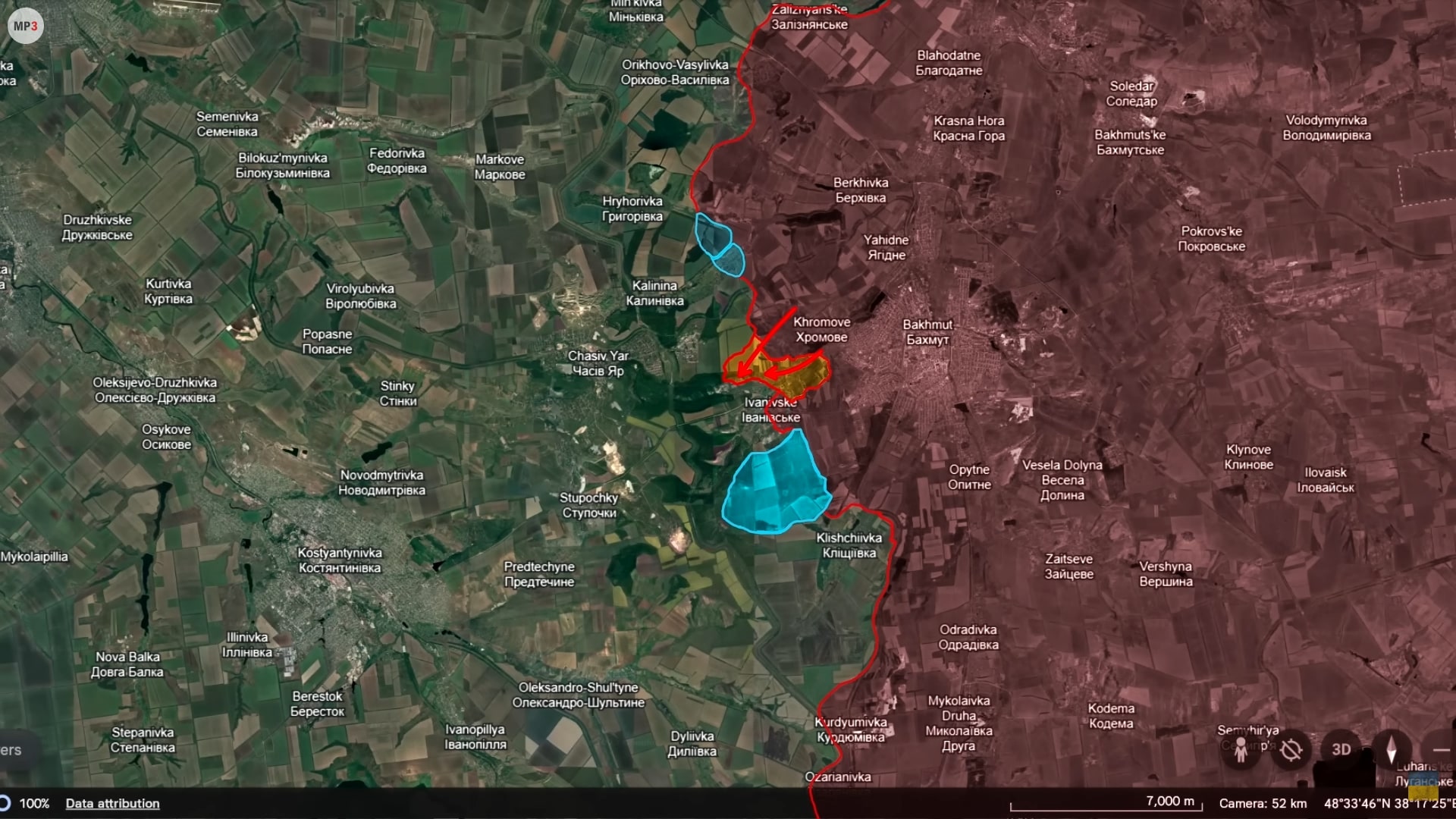
The hill to the northwest of Ivanivske gave Ukrainians a tactical advantage, enabling them to strike Russians who were trying to advance in the lowlands through the village. For this reason, Russians constantly shelled the hill with artillery and bombed it with aviation.
They aim was to establish a foothold on the hills, then entrench and expand their control. After that, Russians would inevitably try to establish fire control over the road to the village, force Ukrainians out, and cut off major supply lines. Once Ukrainian defenses to the south of the village are undermined, the Russian plan is to finish the operation by advancing from the hills to try to take Klischiivka into a pocket.
After the Russians finished conducting their artillery preparation and suppressing the Ukrainian fire, they launched a powerful attack with infantry and armored vehicles. Geolocated footage shows that in the aftermath of heavy clashes, Russians established control of part of the hill that is facing the village. Meanwhile, Ukrainians maintain some positions to the west of the hill, hoping to launch counter-attacks and regain the lost positions.
After the capture of a tactically important hill, Russians could advance while facing much softer Ukrainian resistance in the village itself. For this reason, Russians launched extensive preparations with very destructive TOS thermobaric artillery systems to pummel Ukrainian positions and amplified the destruction with drone strikes. After that, Russians launched one wave of assaults into the village after another.
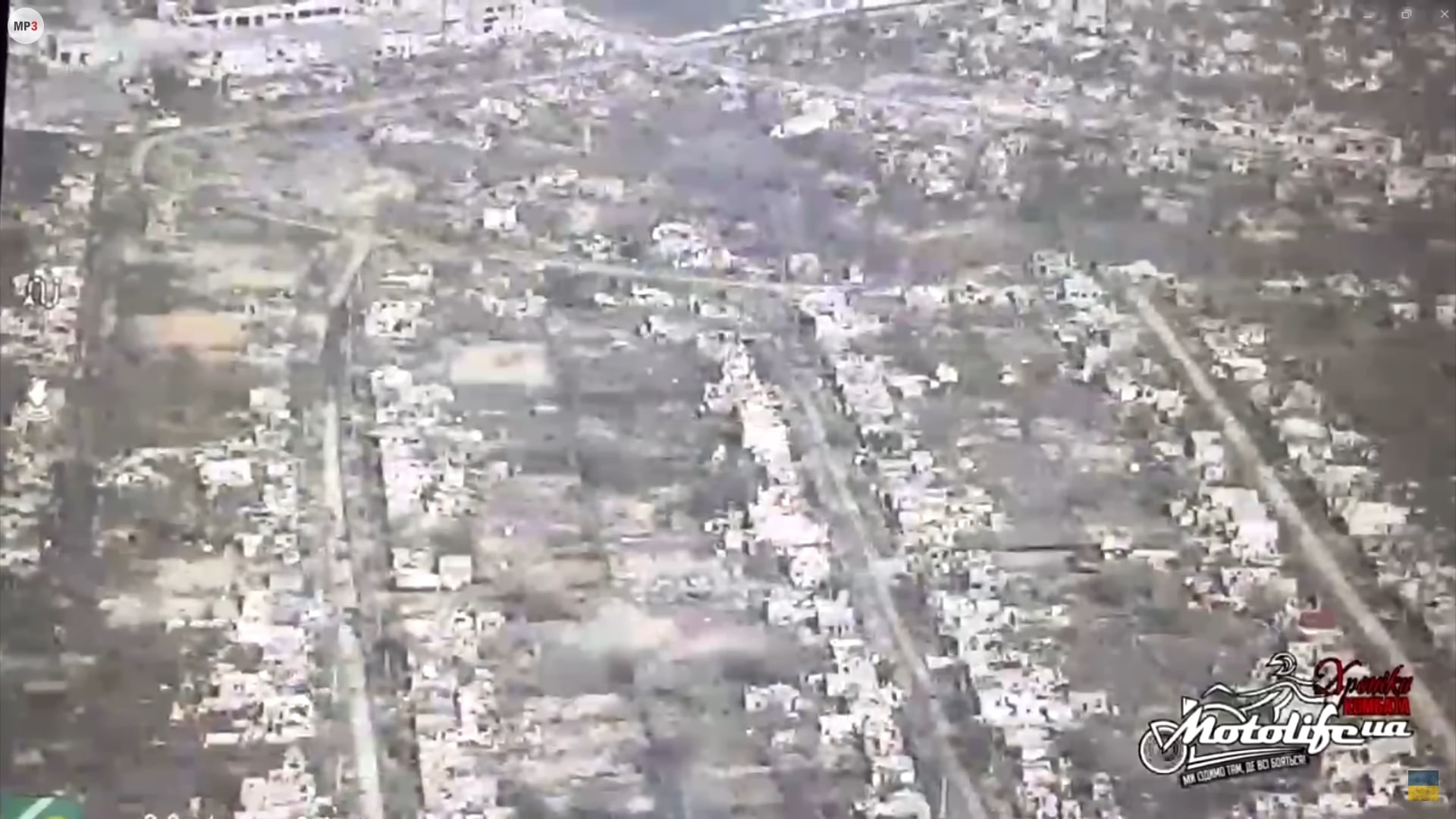
Ukrainian fighters report that the situation is difficult but that they are holding on and knocking out Russian armored vehicles. Based on footage from the village, we can see that the village is mostly destroyed as a result of heavy bombings over the past months. Because of the lack of proper infrastructure for firing positions and sleeping quarters, neither Russians nor Ukrainians can exercise proper control over these ruins with troops on the ground. For this reason, every Russian assault into the village consists of mostly armored vehicles, in hopes of overwhelming Ukrainians with their sheer firepower and numbers, which leads to heavy losses for the Russians due to lack of infantry support.
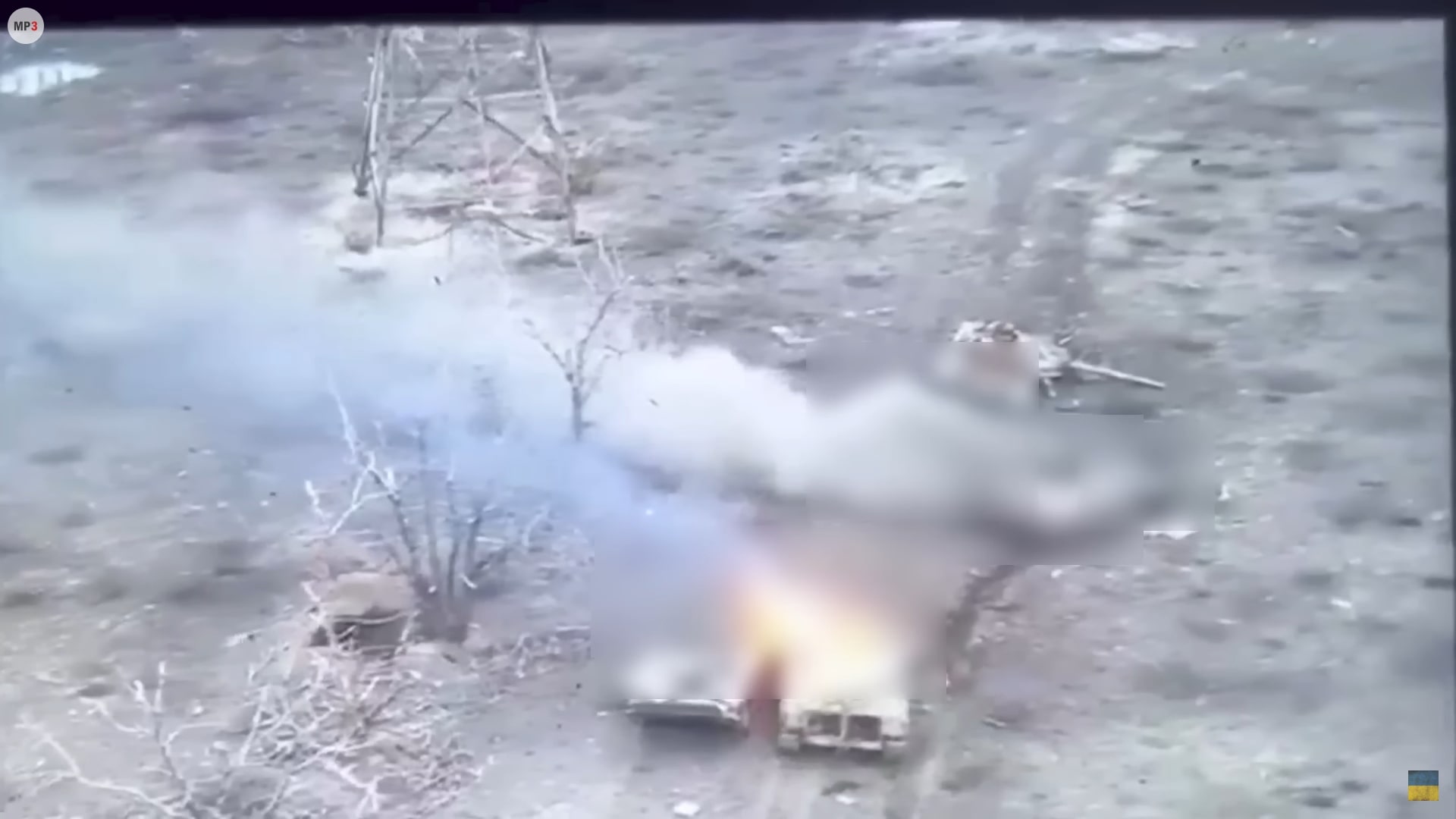
However, Ukrainian fighters report that supply lines to the village are now also placed in danger because of the Russian control of the tactical elevation from which they use anti-tank guided missiles to strike Ukrainian vehicles moving along the road. To counter this, Ukrainians launched FPV drone strikes at Russian positions on the hill.
Generally, the roads in this direction are very dangerous not only because of the Russian anti-tank fire but also because of the damage to other vital roads like the one to Chasiv Yar, and here, the situation is very intense but much less difficult.
Russians, as seen before, have resorted to scorched earth tactics to demolish any infrastructure that can be used by Ukrainians as fortifications, firing positions, shelters, or sleeping quarters. In Chasiv Yar, the extensive daily bombings with glide bombs that carry hundreds of kilograms of explosives forced the Ukrainians to no longer use the town as a point of troops rotation and treatment of wounded and instead have to use nearby towns. Ukrainian fighters report that roads to the town itself are so damaged by bombings to the point they are no longer usable. However, this comes off as a double-edged sword for the Russians. Although they inflict hard blows on Ukrainian logistics, they also cause problems for themselves in advance because they will have nowhere to establish positions if Ukrainians withdraw. For this reason, the Russian bombings only increase the gray zone between the two sides.
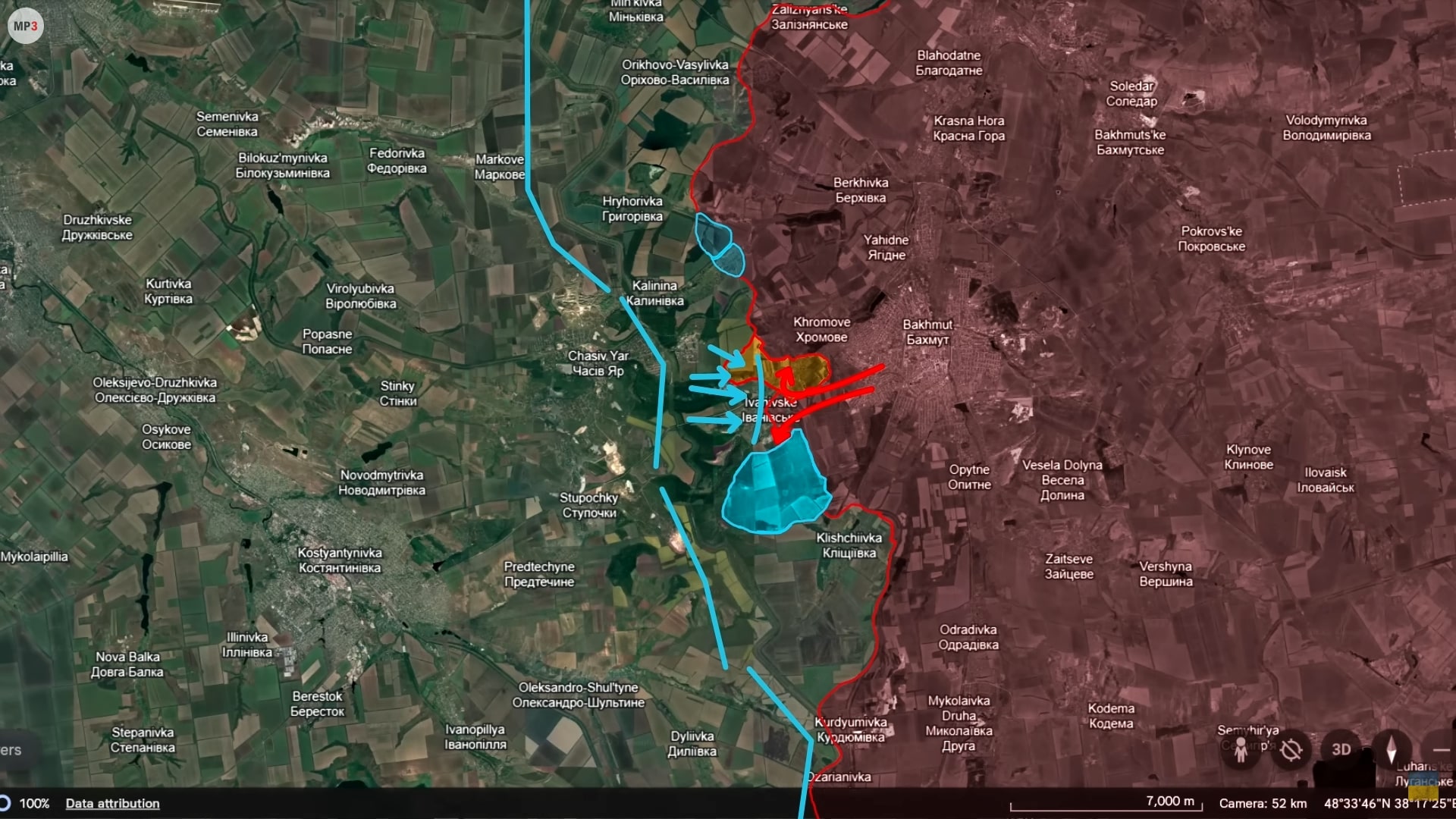
Despite all this, Ukrainians are tightly holding their positions in front of Chasiv Yar, where they are planning a counter-attack on the hill north of Ivanivske to relieve their forces. The goal of Ukrainian forces here is to delay Russian attacks long enough until defensive lines along the Siversky-Donets canal are ready to finally put the Russian offensive to a halt so that Ukrainians may regain the initiative and switch the course of fighting in their favor.
In our daily frontline report, we pair up with the military blogger Reporting from Ukraine to keep you informed about what is happening on the battlefield in the Russo-Ukrainian war.






